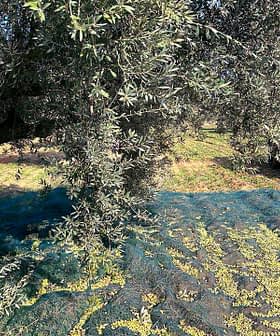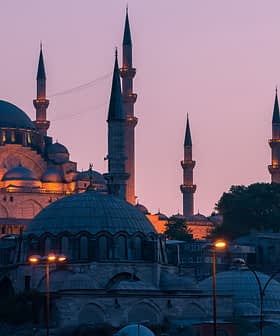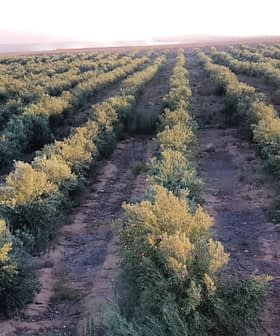Olive production in Iran has gone up to 47,000 tons in the current Iranian year that began on March 20, 2012. According to Alireza Esmaeli, the head of Olive Development Project in Iran, the country produced about 28,000 tons of canned olives this year, while olive oil production stood at 3,200 tons.
Iranian imports of olive products stood at 3,941 tons for the period March 20 to September 21, 2012. This included 3,218 tons of olive oil and 723 tons of canned olives. Iran is working towards expanding its olive plantations with an aim to expand the export opportunity in olive products. The annual per capita consumption of olive in Iran currently stands at 160 grams.
Iran is one of the significant olive producers in the world. Leading olive growing regions in the country include Fars, Kerman, Hormuzgan, Sistan-Baluchestan, Qazvin, Gilan, Golestan and Zanjan provinces. Arom and Gilvan gardens in Zanjan province have the highest acreage under olive cultivation while the lowest is Roudbar in Gilan province.
Olive quality in the south of Iran yields lesser oil in comparison to the production in the north. Therefore, a large part of the production in the south is used as canned olives, while olives from the north are used for olive oil production. Olives weighing above five grams are used for canning, while olives weighing below three grams for oil extraction. Olives between three to five grams are usable for either purpose.








